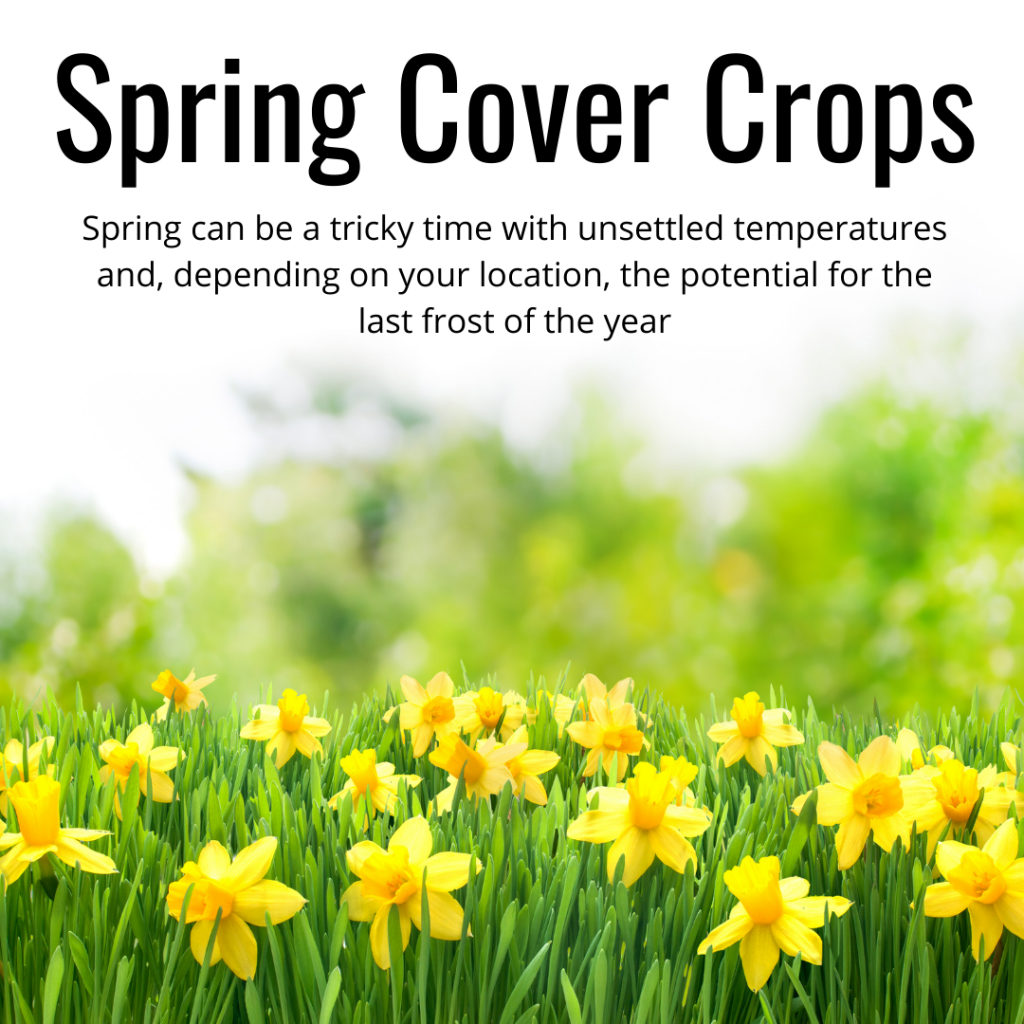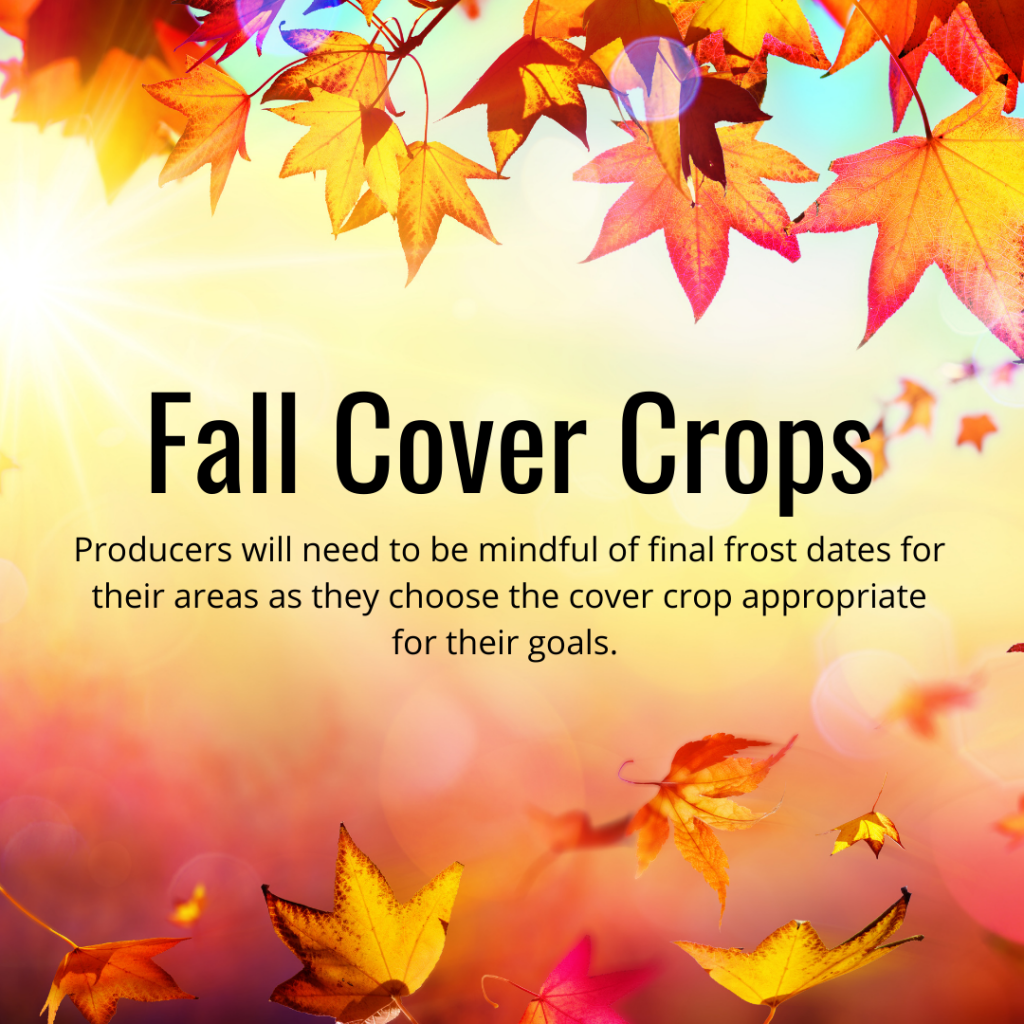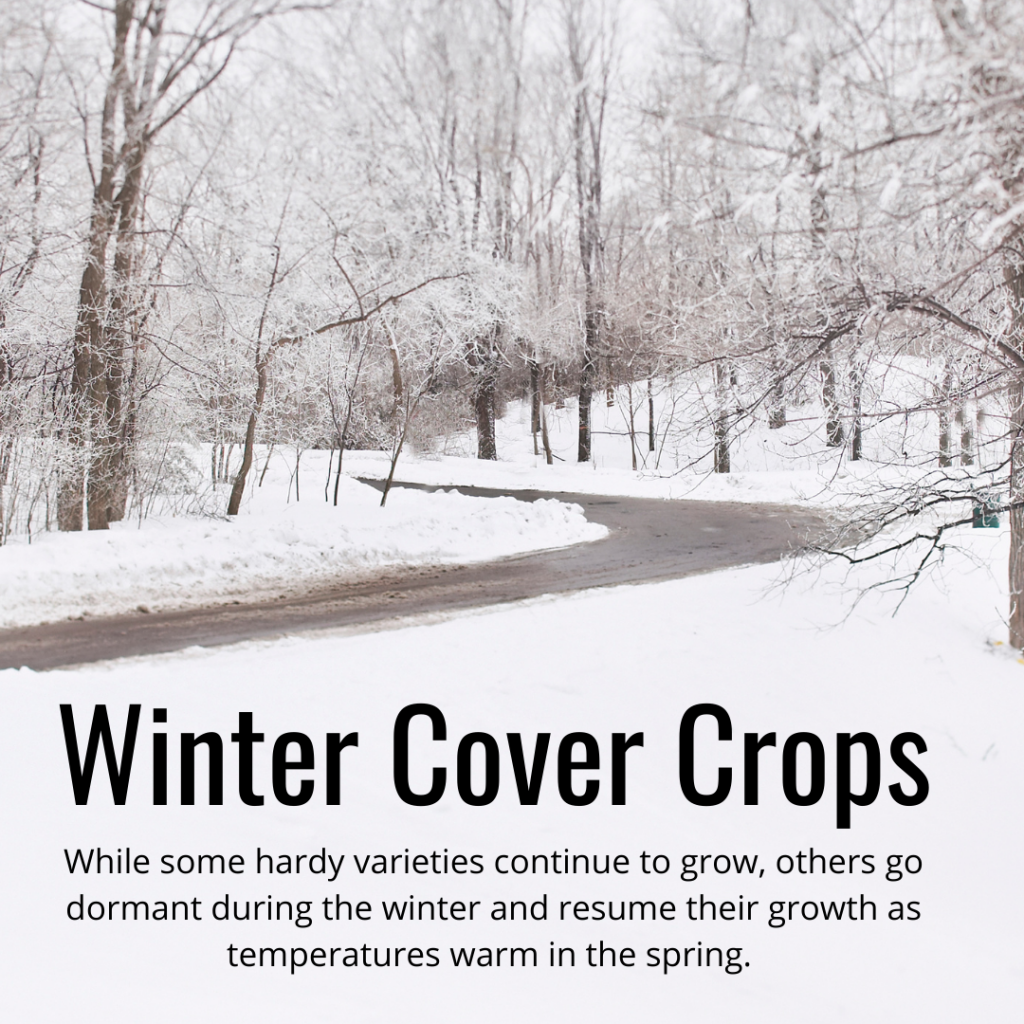Cover crops are highly versatile and many span across seasons, in this article, we’re going to do our best to organize them for quick research.
Some people still believe that cover crops are simply crops that farmers plant in empty fields in the winter to prevent erosion, so the idea of a cover crop for every season will seem strange.
Keep reading to explore our ultimate list of cover crops.
The reality is that cover crops, which have been used by agriculturists since at least Roman times, can serve many purposes, and savvy farmers put these multitasking plants to work throughout the year.
The Many Uses of Cover Crops
Cover crops can be a powerful tool for farmers who want to create the best conditions in their fields. As Earth Observing System notes, a plan that includes cover crops can accomplish many things:
- Preventing soil erosion.
- Optimizing nitrogen balance.
- Maximizing biomass input.
- Regulating moisture.
- Boosting soil microbial life.
- Improving soil nutrient profile.
- Aiding in weed and pest management.
- Addressing soil compaction issues and enhance aeration.
- Attracting pollinators and other beneficial insects.
- Providing grazing or forage.
List of Cover Crops for All Seasons
The tasks that cover crops can accomplish aren’t limited to any particular season, so there’s no need to limit their use to just part of the year. While they’re frequently used in the off-season when cash crops are not present, they can and should be grown whenever there’s a need or potential benefit to the soil. In fact, some farmers are now “planting green.”
This involves planting a cash crop into a living cover crop and allowing both crops to grow together for a period of time. Whatever approach you decide on, getting the most benefit out of a cover crop takes some planning.
You’ll need to consider a variety of factors:
- Your goal.
- The location.
- The preceding crop.
- The crop that will follow.
- The cover cropping window.
- Your cover crop termination method.
It’s also important to mention that breeders and producers are innovating and developing cover crops that can be grown in many seasons.
For example, Balansa Clover comes from the warmer southern Mediterranean, however we’ve been able to breed incredible cold-tolerance into it, capable of surviving temperatures as low as -14 degrees F.
Spring Cover Crops

Spring can be a tricky time with unsettled temperatures and, depending on your location, the potential for the last frost of the year.
Weather can be equally unpredictable, so choosing a cover crop requires care. Lancaster Farming offers a couple of suggestions:
- Field peas. This popular annual can be planted as soon as the soil can be worked and matures in 50 to 75 days. With edible tops and tendrils, it works as a forage crop while also offering moderate weed suppression and fixing nitrogen issues. Plus, its biomass decomposes quickly, making it an effective soil builder.
- Oats. Fast-growing annuals, oats can be planted throughout the spring season. They prevent erosion, build up biomass, suppress weed growth, and build soil, but you should expect growth to slow down when the weather turns hot and dry.
- Red clover. The preferred time of establishment is in early spring or early summer, this legume is capable of fixing nitrogen, suppressing weeds, and is easily frost seeded into standing winter wheat or barley.
- Annual Ryegrass. You can plant annual ryegrass in fall or spring and it has long been favored in the southern regions of the United States as a winter-active companion crop and for seeding into dormant warm-season forages. It has quickly grown in popularity as a cover crop throughout the Midwestern states. It’s also quick to germinate and establish both above and below ground.
Summer Cover Crops

Summer cover crops can help retain moisture on hot, sunny days and attract pollinators during the growing season. Whether you are preparing a field for its next cash crop or experimenting with planting green, you have plenty of options.
Penn State Extension has a couple of recommendations:
- Pearl millet. A warm-season grass, pearl millet handles drought with ease as it works to optimize nitrogen levels in the soil and suppress soil-borne diseases. It winter kills, and produces high organic input for the soil. In fact, it can reach heights of 12 feet if it isn’t mowed.
- Sudangrass A summer standard, sudangrass soaks up the summer sun with ease. In fact, it requires warm soil to germinate. As it grows, it puts out large amounts of plant matter, which means it’s generally good for soil building and weed suppression. However, sudangrass can produce toxic levels of nitrate and hydrogen cyanide when young or stressed by a frost or drought. Never graze or forage at those times.
- Buckwheat. Another summer standard due to its quick growth that suppresses summer annual weeds and improves soil aggregation.
- Sun Hemp. A fast growing tropical legume that needs substantial heat to create substantial biomass and nitrogen fixation.
- Cow Peas. One of the oldest crops to be farmed, cow peas are a fast growing, summer cover crop that is well adapted to a wide range of soil conditions.
- Soybean. One of the best economic choices for a summer cover crop, it establishes quickly and competes fiercely with weeds and are able to withstand short periods of drought.
- Rapeseed. A very versatile brassica, rapeseed (canola) can be planted in spring for a summer crop or in the fall for a winter cover crop. It can prevent erosion, suppress weeds, and soil borne pests.
- Kale. Also belonging to the brassica family, Kale can be ready in as little as 90 days and is capable of surviving bitterly cold winters. It’s long fibrous roots loosen the topsoil, improve water infiltration, and improve drainage. Plant it in late summer or early fall.
- Turnips. Turnips are very palatable for grazing cattle and sheep, as well as offer benefits like reducing compaction and are a relatively inexpensive crop that can survive the winter. Turnips grow very fast, which helps them scavenge high amounts of nitrogen and suppress weeds until the spring.
Fall Cover Crops

Autumn is harvest time and another time of seasonal transition. Producers will need to be mindful of final frost dates for their areas as they choose the cover crop appropriate for their goals.
The Virginia Association for Biological Farming shares a couple of ideas:
- Triticale. Similar to rye in terms of seeding rate and application, triticale is a wheat and rye hybrid that combines the productivity of wheat with the hardiness of rye. It also has a relatively short growing season, which is one of it’s greatest benefits. Plant triticale ahead of cotton or soybeans.
- Daikon Radishes. These hardy brassicas winterkill in Virginia and the northern half of the country, making termination fairly simple. The remaining biomass decays rapidly, nourishing the soil, suppressing weed growth, and helping to pave the way for next spring’s planting. However, to avoid issues with disease, daikon radishes should not be grown either immediately before or after another brassica vegetable crop.
- Hairy vetch. Planted in early fall in the Mid-Atlantic region, hairy vetch thrives in a variety of soils. Like other vetches, it generally leaves them better than it found them by improving both nitrogen and phosphorus levels. The annual legume also provides an excellent habitat for beneficial insects.
- Subterranean clovers. Also called subclovers, these clovers offer lowgrowing, self-reseeding legumes with excellent weed suppression. They grow best during late summer or early winter, going dormant during the coldest months. Subclovers are found on thousands of acres of California orchards.
- Ball clover. Often seeded with other cool season grasses in early October, this small seeded legume is an excellent reseeder and can tolerate wet soils.
- Austrian Winter Peas. A favorite of whitetail deers, this cool-season annual legume offers nitrogen-fixing capabilities and is very easy to establish in fall food plots. As the name implies, this variety would also work well in the winter, sow by early fall for early spring growth.
Winter Cover Crops

Winter cover crops are actually planted in the late fall before the final frost so that they have time to establish themselves. While some hardy varieties continue to grow, especially in more mild climates, others go dormant during the winter and resume their growth as temperatures warm in the spring.
The Natural Resources Conservation Service offers a couple of suggestions:
- Winter rye. A hardy and reliable choice, winter rye can be planted in the late fall. It establishes itself easily, produces a lot of biomass, and plays well with other popular cover crops when a mix is desired to fix nutrient issues with the soil.
- Crimson clover. Easily crimped or used as a mulch, this hardy clover is a great way to add nitrogen to soil. It’s frequently mixed with brassicas, ryegrass, and small grains.
- Balansa clover. Originally from the southern Mediterranean, this annual clover is capable of fixing large amounts of nitrogen and biomass. Some varieties like our FIXation Balansa Clover can even grow through short periods of standing water.
- Berseem clover. Also native to the Mediterranean, berseem clover has been the foundation for agriculture in the Nile Delta due to it’s tolerance for salt and a synergistic relationship to alfalfa. Like our balansa clover, GO Seed’s Frosty Berseem Clover has been bred for later maturity, improved cold tolerance, productivity, and nutritional value.
- Persian clover. Another Mediterranean clover with the ability to survive cold winter temperatures (10 degrees F) and frost. This clover is well suited to sandy to loam to clay-loam soils with a pH between 5.5 and 9. Like Balansa clover, it can also tolerate waterlogging and mild salinity.
- Arrowleaf clover. Guess where this clover originated from? That’s right, the Mediterranean. They’re not only known for great food and warm waters, they also produce highly productive winter annual clovers. Arrowleaf is a prolific seed producer and great for reseeding.
Whatever the season, the right cover crop can help you reach your goal of regenerating and improving soil health.
To learn more about cover crops, visit Go Seed’s Cover Crop Corner.
Are you seeking cover crop solutions that you can use? Check out Go Seed’s cover crop offerings here.


